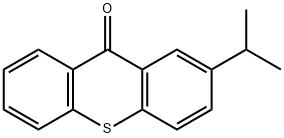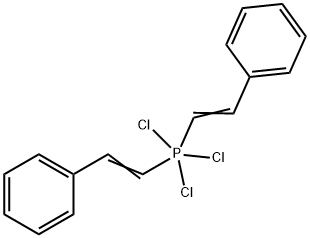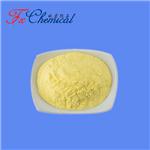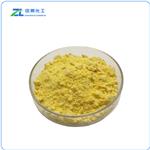Structure
A view of the molecular structure of the title compound is given in the Figure. The asymmetric unit contains one molecule of the title compound, constructed by the thioxanthone and the isopropyl fragment. The whole thioxanthone is almost planar, with a maximum deviation of 0.042 Å for C10. The bond lengths of C12—S1 and C13—S1 are 1.737(4) and 1.745(4) Å, respectively. The values are intermediate between the double and single bonds. The shortening of the C—S bonds shows the partial double-bond character. Bond lengths and angles are in accord with related structures.

C16H14OS, monoclinic, P21 (no. 4), a = 8.1588(5) Å, b = 7.8670(4) Å, c = 10.2161(5) Å, V = 655.70(6) Å3, Z = 2, Rgt(F) = 0.0539, wRref(F2) = 0.1312, T = 290 K.
Description
2-Isopropylthioxanthone (ITX) has been widely used in many processes, such as printing inks, surface coatings, microelectronics, and photoresists. Nevertheless, it was also widely used in UV curing to promote the polymerization of inks used in paper- or plastic-based packaging materials because of its high photoinitiation efficiency and absorption characteristics at near-UV range (370?385 nm).
Chemical Properties
2-Isopropylthioxanthone is light yellow solid with general solubility, effective at low concentration. The absorption wavelength is 250~400nm.
Uses
2-Isopropylthioxanthone is a thioxanthone derivative useful as photoinitiators.
Application
2-Isopropylthioxanthone has been used as an analytical standard for the determination of the analyte in packaged food materials using liquid chromatography-tandem mass spectrometry (LC–MS/MS). It may be used as an analytical standard for the determination of the analyte in milk, fruit drinks and packaged beverages by high performance liquid chromatography (HPLC) coupled to MS/MS and micellar electrokinetic chromatography techniques (MEKC).
General Description
2-Isopropylthioxanthone is a compound, which can play the role of a sulfur type photoinitiator in printing industries and UV-cured inks for food packaging materials.
Potential Exposure
Generally, 2-Isopropylthioxanthone (2-ITX) can be transferred from the packaging into the foods by migration. Significant migration of 2-ITX from packaging materials into foodstuff could be detected in 20 % of the samples from the German market investigated, particularly up to 357 μg kg-1 in orange juice and 208 μg kg-1 in baby food. The occurrence of 2-ITX and 2,4-diethylthioxanthone (2,4-DTX) in various food packaging materials, not limited to multilayer cartons, should guide the industry to apply other, less-migrating photo-initiators[1].
References
[1] T Rothenbacher D Fügel, M Baumann. “2-Isopropylthioxanthone (2-ITX) in food and food packaging materials on the German market.” Food additives and contaminants 24 4 (2007): 438–44.






